Japanese Arts and Crafts
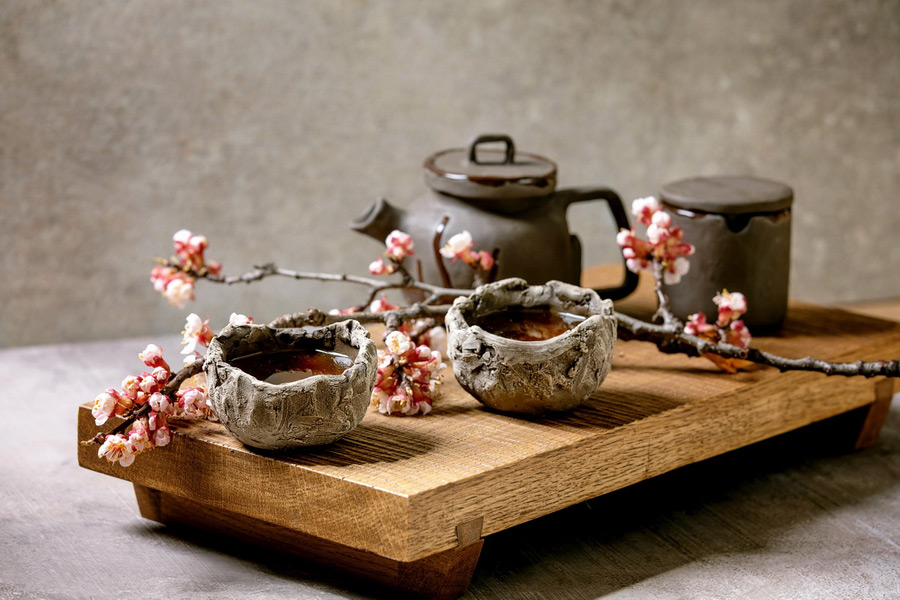
For foreign tourists visiting Japan, one of the most captivating and enriching experiences is exploring the world of Japanese traditional art, heavily influenced by Shintoism and Zen Buddhism. Whether it’s the intricate art of bonsai or elegant calligraphy, Japanese visual arts and crafts offer a unique glimpse into the country's rich culture and creativity.
Historically, Japan was isolated from the outside world for a long time, which contributed to the cultivation of indigenous art forms like origami and ikebana. And they are still practiced even in today's hyper-modern Japan. Here we introduce the most popular styles of Japanese traditional art every visitor should experience in the country.
Ukiyo-e - Japanese Woodblock Printing
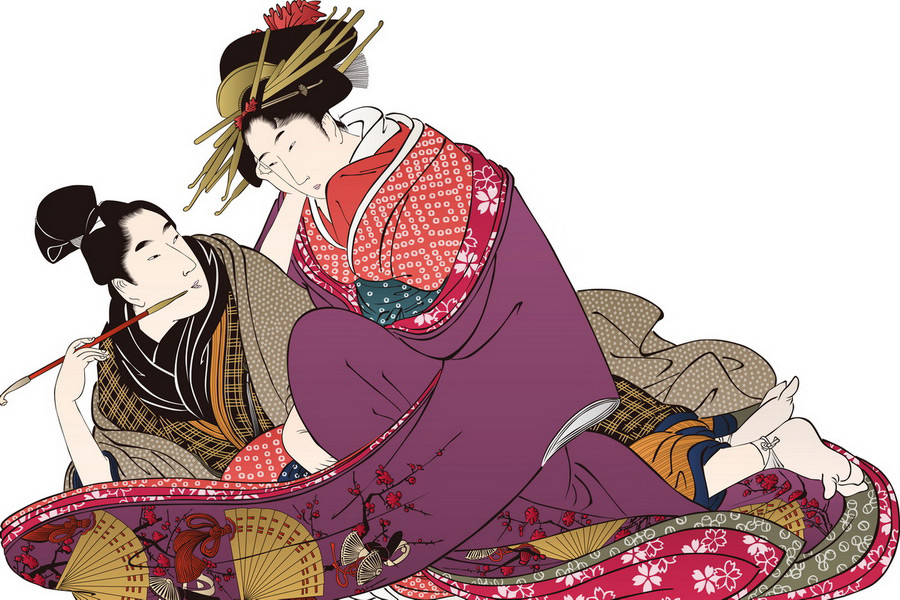
“Pictures of the floating world” – that’s the literal meaning of ukiyo-e, which describes the Edo period theater districts and licensed pleasure quarters in Japan. This unique style of Japanese woodblock prints and related paintings depicted beautiful women, actors, folk tales, and even erotica.
They were usually made for city residents who couldn’t afford expensive paintings. However, many prominent woodcuts served different purposes. For example, the Naniwa Okita ukiyo-e, illustrating “beauty”, could advertise lipstick or face powder.
Although the art today is mainly reserved for private collections and museums, contemporary woodblock printing artists of the 21st century, such as Takashi Murakami, Masumi Ishikawa, Tomoko Murakami, and Yoshisuke Funasaka, have demonstrated a new take on ukiyo-e.
Japanese Painting Styles
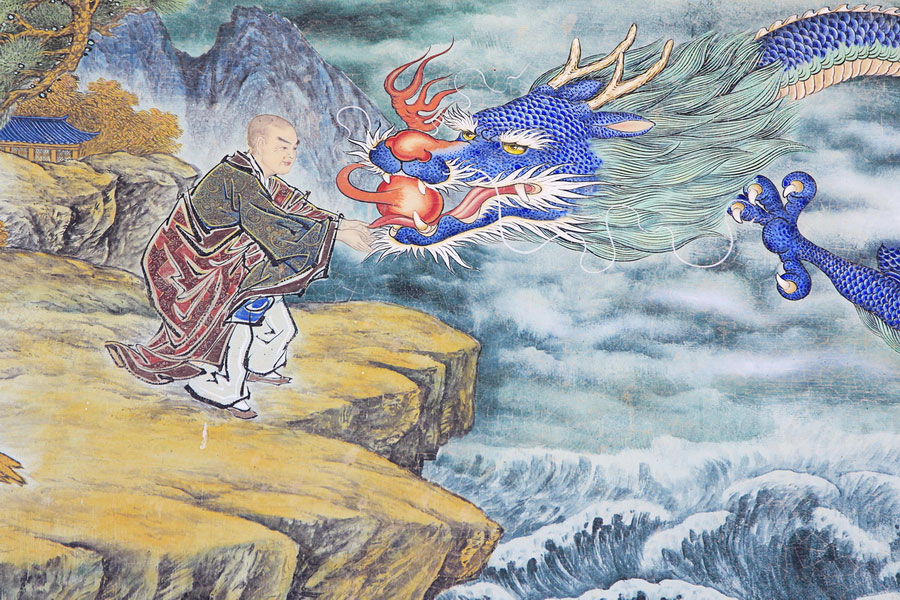
Among popular Japanese traditional arts, Japanese painting, called kaiga or gado, has a legacy that stretches back thousands of years. Typically, monochromic images, created with dark ink and natural brushes, often embrace a wide range of subjects like flowers, trees, people, birds, animals, landscapes, and mythology. To appreciate the wealth of Japanese painting, one must look at the 162 works included in the List of National Treasures of Japan.
Contemporary Japanese artists develop new styles, blending traditional tools and materials with innovative techniques. The most prominent contemporary Japanese artist is Yayoi Kusama, who gained fame for her polka dots. Other notable representatives are Hayaki Nishigaki, Takashi Murakami, and Aya Takano.
Shodo – Japanese Calligraphy
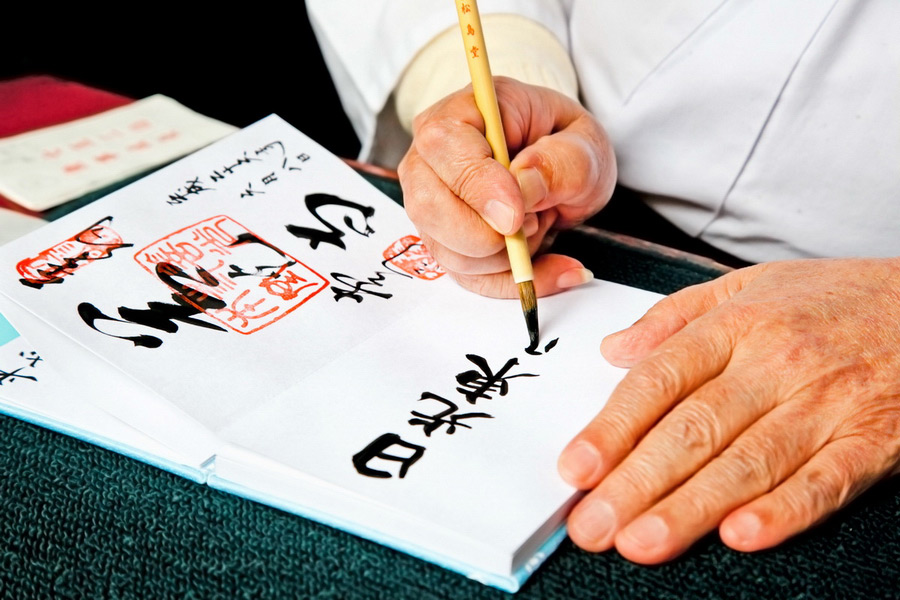
The Japanese adopted calligraphy from China, the birthplace of this brushwork tradition. Being able to write characters (kanji or kana) using a brush and ink was considered an important part of the education of the samurai and nobles. As with other facets of Japanese traditional art, calligraphy soon became widespread among the public.
Today, shodo is still a highly esteemed Japanese art form. Schoolchildren learn calligraphy at elementary school, and many adults practice it as a hobby. The use of shodo can be seen on packaged gifts, sweets, storefronts, T-shirts, and more.
While visiting Japan, tourists can take private calligraphy classes in Tokyo, Kyoto, Yokohama, and other major cities.
Origami – Japanese Traditional Crafts
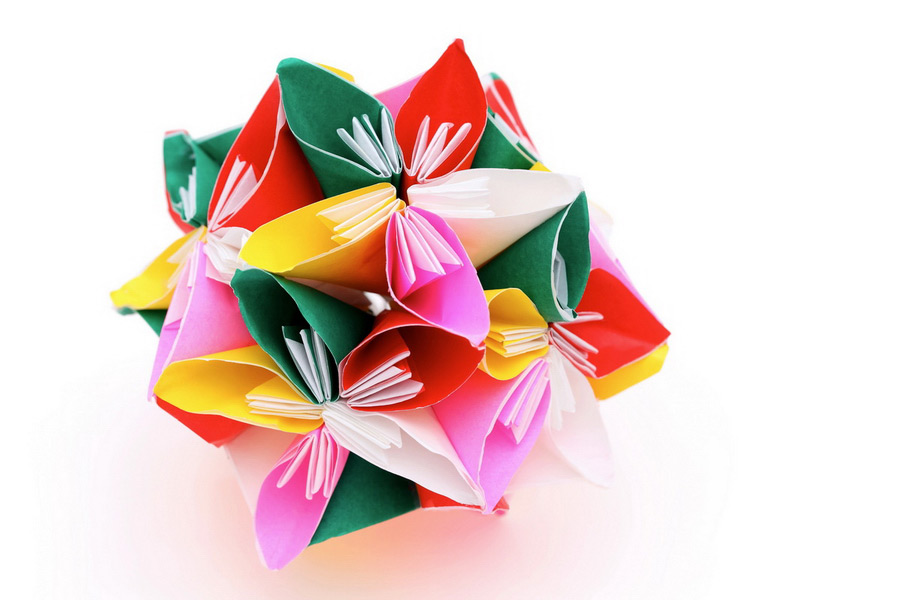
Have you ever made an origami fortune teller as a child? You simply fold and unfold the paper a few times in the correct directions, and you have a cootie catcher to play a fortune-telling game.
Origami, the art of paper folding, has roots in several places, including Europe, China, and Japan. In Japan, monks used paper figures for religious ceremonies. Over time, this tradition transitioned into secular culture, but only the affluent could indulge in origami since paper was considered a luxury item in those days.
The Guinness Book is full of origami records. The largest one, made by Mouri Elementary School in Tokyo in October 2022, features 6,110 origami flowers. It challenges the notion that paper folding is merely a child’s activity. These records demonstrate the complexity and artistry achievable through origami, elevating it beyond a simple pastime.
Ikebana and Bonsai
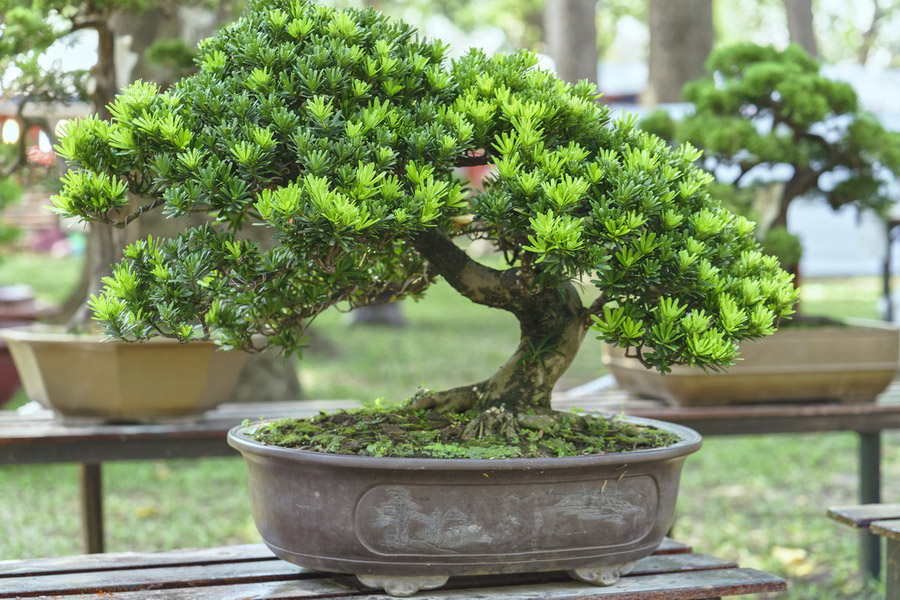
Ikebana and bonsai, two Japanese traditional craft forms, boast a unique amalgamation of artistry and nature. Ikebana, the art of flower arrangement, transforms simple blooms into compositions that capture the essence of seasons, emotions, and landscapes. Each arrangement tells a story, inviting viewers to contemplate the beauty and impermanence of life. Even the formidable samurai practiced ikebana during peaceful times.
Bonsai, on the other hand, is the art of cultivating miniature trees in containers. Through careful pruning and shaping, bonsai artists create intricate living sculptures that mimic the grandeur and resilience of nature in miniature.
If you're looking for a unique way to experience Japanese culture, check out an ikebana or bonsai exhibition or workshop. Who knows, you might even find yourself creating your own miniature masterpieces!
Taiko – Japanese Drum

Imagine a barrel made of wood covered with animal skin and placed on pedestals – that would be a general way to describe a wide variety of Japanese percussion instruments known as taiko.
Archeological evidence reveals that taiko drums were used in Japan as early as the 6th century. The musician plays the drum with two wooden sticks called bachi.
Even though taiko has been around for over 1,500 years, it has not lost its relevance in Japanese music. Eitetsu Hayashi is a famous pioneer of taiko music outside Japan. The drumming band Kodo is perhaps the most popular modern troupe with a strong international presence. Additionally, modern-day musicians are finding ways to incorporate taiko into rhythmic synchronization to produce fantastic sound.
Japanese Ceramics
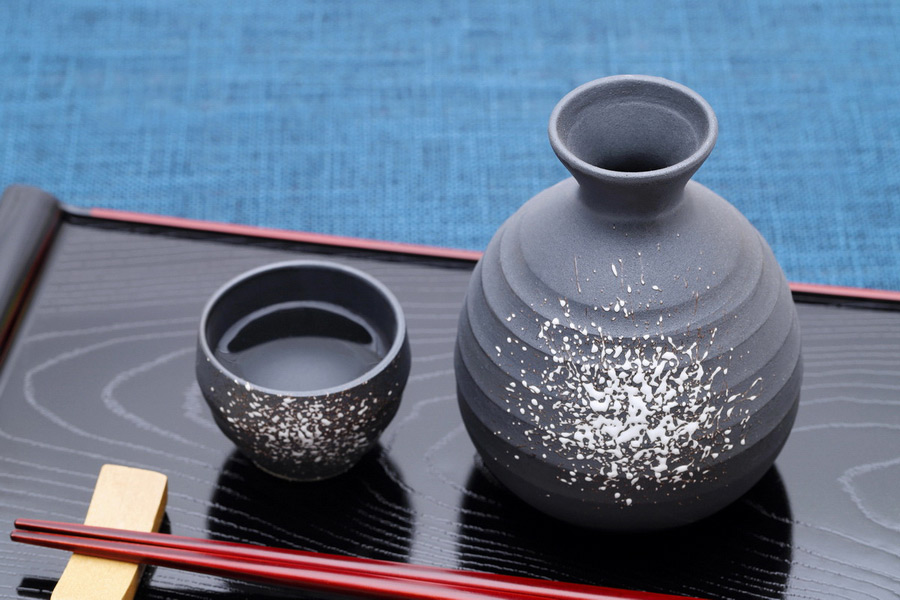
Japan has a longstanding tradition of ceramics with representative styles like blue-and-white porcelain (Imari ware), Mino ware, and Seto ware, the most produced and flagship Japanese pottery in the world even today. A comprehensive introduction to Japanese pottery, including pictures and descriptions of individual jars and other pieces, can be found in the online guide to ceramics of the Museum of Oriental Ceramics, Osaka.
Japanese Lacquerware – Maki-e
The term maki-e refers to a Japanese traditional art of lacquerware involving sprinkling metal powder (often gold) on painted surfaces with a fine brush. This art form originated in Japan about 1,200 years ago. Some of the most ornate examples can be seen in Kyoto’s temples, especially the Kodai-ji Temple. Visitors can also find affordable as well as expensive items in Kyoto’s shops – their uniqueness and beauty truly make them brilliant gifts.
Check out the Gallery Japan to learn how traditional lacquer is made.
Japanese Metalwork
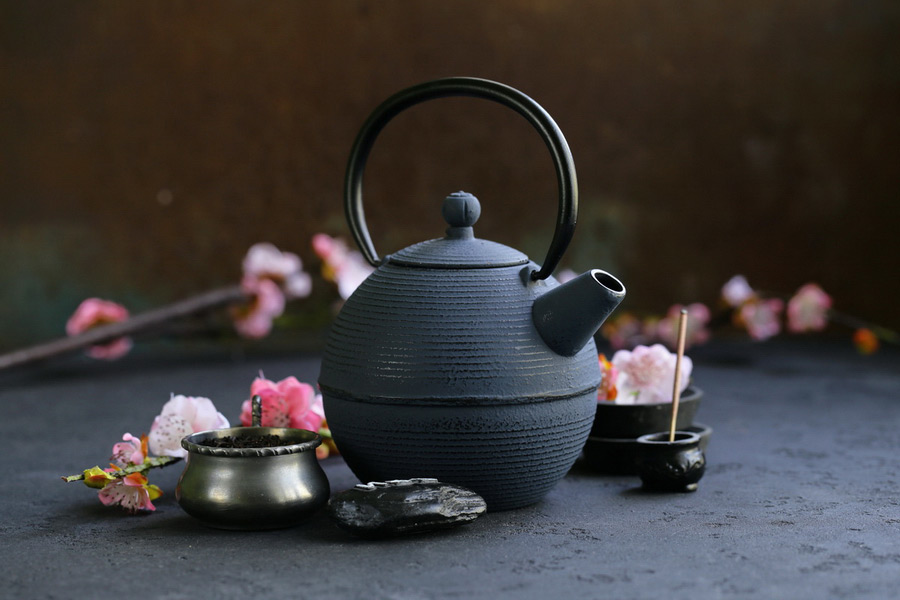
A glance at the history of the Japanese metalwork assures one that metal crafting skills that evolved over centuries in the Land of the Rising Sun are unlike those found elsewhere in the world. Many techniques and unique styles flourished during the Meiji Period. The emperor encouraged the growth of all forms of arts and traditional Japanese crafts by appointing the imperial court artists. One of them, Unno Shomin, left behind vases, tobacco boxes, rings, and other items using gold, silver, copper, and alloys. His works can be viewed at the Museum of the Imperial Collections, Sannomaru Shozokan of the Imperial Palace in Tokyo.
Metalwork is still a widespread craft in Japan. Among the various examples are iron kettles from the Numbu area, which keep heat for a long time.
Japanese Traditional Craft of Making Dolls

Japanese traditional kokeshi dolls are a favorite souvenir of Japan. They are light and easy to tuck away in a suitcase. However, ningyo (dolls) are not merely child’s play but often collectible items designed for admiration. They may carry religious and mystical connotations, such as hoko dolls given to pregnant women to protect an unborn child. In ancient times, the Japanese used dolls as symbols of deities and people. The word ningyo means “human form”. Women, girls, boys, and warrior dolls are the most sought-after. All the costumes are authentic and of top quality. Dolls of various sizes are integral to the Hinnamatsuri Festival (Doll Festival), celebrating a girl’s growth in every family.
Japanese Architecture
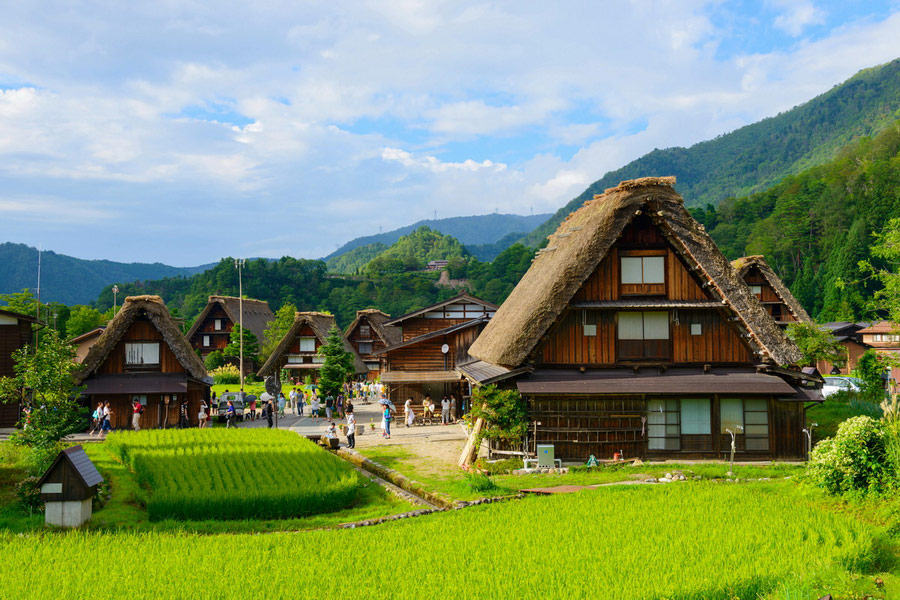
Japanese architecture today is a synthesis of tradition and innovation. Historically, it was influenced by the Sui and Tang dynasties of China but gradually started to move towards unique designs.
The most visited spots of traditional Japanese architecture are the villages of Shirakawago and Gokyama, which demonstrate the gassho-zukuri style houses registered as a World Heritage Site by UNESCO.
Several contemporary Japanese architects have proven themselves on the global stage. Riken Yamamoto became the 53rd recipient of the Pritzker Architecture Prize in March 2024. He is the ninth Japanese architect to receive the award, joining the ranks of Arata Isozaki, Kazuyo Sejima, Shigeru Ban, Ryue Nishizawa, Kenzo Tange, Fumihiko Maki, Toyo Ito, and Tadao Ando.

